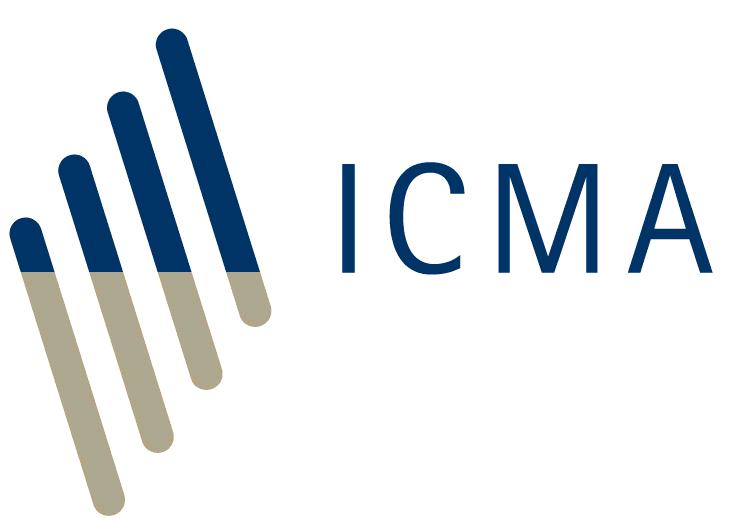Bonds primarily trade OTC because of three reasons:
- First, there is a very large population of debt securities compared with equities. For example, there are 6,810 shares admitted to trading on regulated markets in the EU on 22 July 2009 whereas Xtrakter’s CUPID database contains information on over 150,000 debt securities in issue.Therefore, debt markets are far less concentrated than equity markets.
- Second, the average size of a bond trade tends to be substantially greater than for an equity trade. Xtrakter data indicates that average bond trade sizes are between €1m and €2m while trades in excess of €2m - €5m are common. Prior to the crisis, even trades of €100m or more were not uncommon. The average trade size for equities on the London Stock Exchange, on the other hand, is in the region of £43,000 and European legislation defines the typical retail trade in equities as €7500 or less.
- Third, unlike equities almost all bonds trade very infrequently so there is rarely a constant supply of buyers and sellers looking to trade sufficient to sustain a central pool of investor provided liquidity. Only 3,000 of the top bonds (by volume) traded at least once a day on average. Of the top 100 bonds by volume traded the highest trade count bond traded 10,000 times in the year whilst others traded only 6 times in the year. This contrasts significantly to liquidity in the equity market. Under MiFID a share is considered to be liquid if it is traded daily, with a free float of less than EUR 500 million, and either the average daily number of transactions in the share is not less than 500 or the average daily turnover for the share is not less than EUR 2 million.
Therefore, unlike equity markets there is seldom a continuous two-way market of buyers and sellers whereby a minor change in price by one or the other can result in a trade. Instead, liquidity is provided by dealers who operate in two ways. First they put their own capital at risk by, for example, buying bonds from an investor even if they do not have a buyer to whom they can sell-on the bonds. They take the risk that in due course they will find a buyer to whom they can sell the bonds at a profit. Second, they take an order e.g. from a client who wants to buy a quantity of a particular bond and will search the market for an investor who is prepared to sell the bonds. The dealer will then seek to negotiate a price with the buyer and then seller which satisfies both clients and which enables the dealer to make a profit from the difference between the price he charges the seller and the price he charges the buyer.






